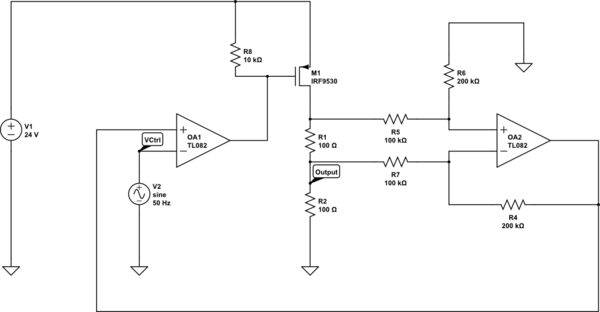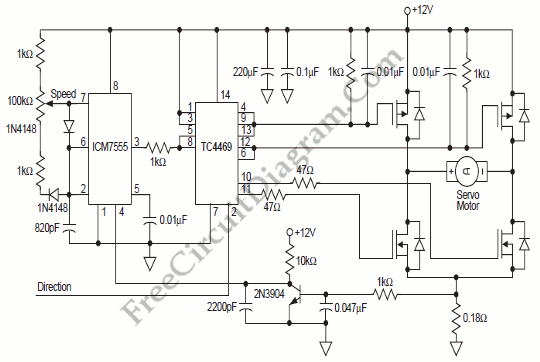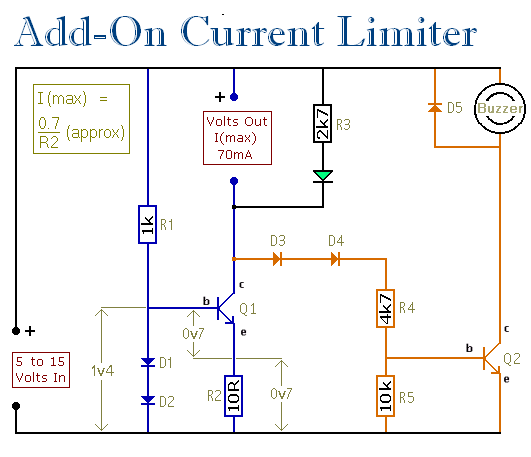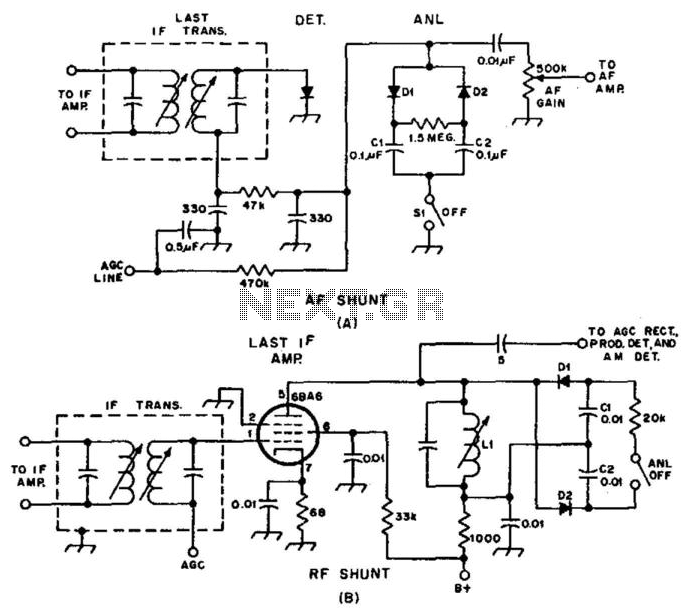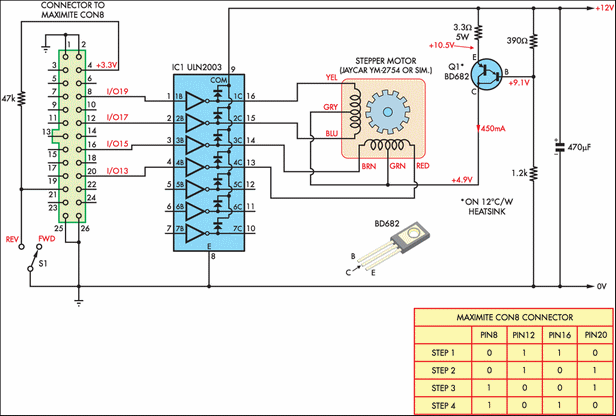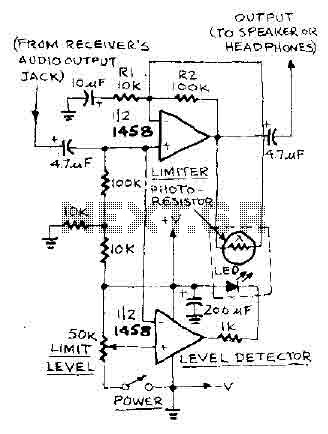
mighty mite
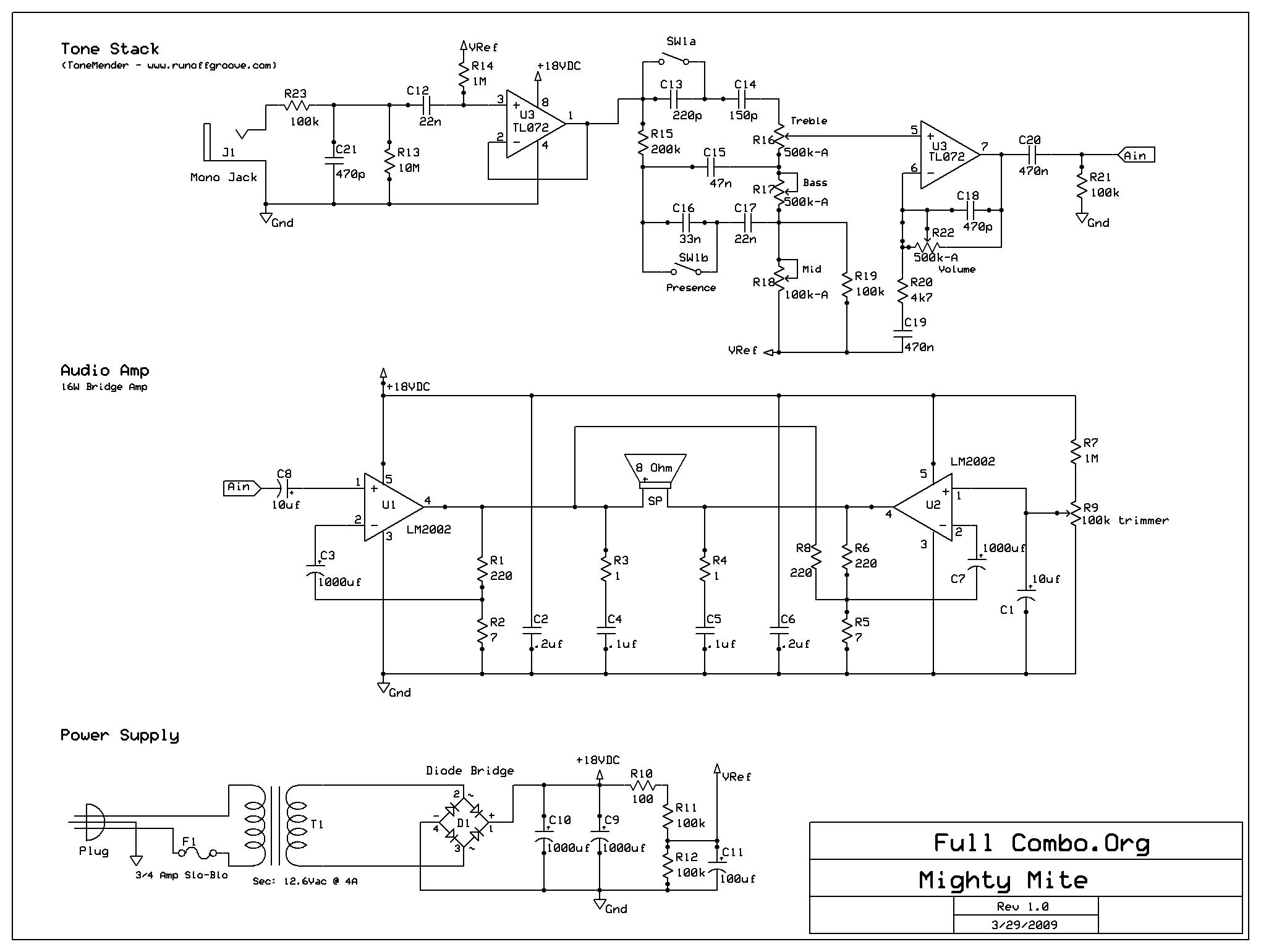
The completion of a 35-year project to build a practice guitar amplifier.
The project involves the culmination of extensive research and development efforts focused on designing a practice guitar amplifier. The amplifier is intended to provide musicians with a portable and user-friendly solution for practicing guitar in various environments.
Key components of the amplifier design include a compact chassis that houses the power supply, preamplifier, tone control circuit, and power amplifier stages. The power supply is designed to accommodate a range of input voltages while ensuring stable output for consistent performance.
The preamplifier stage is critical for amplifying the weak signal from the guitar pickups. It employs high-gain operational amplifiers to ensure clarity and fidelity of the sound. The tone control circuit allows users to adjust bass, midrange, and treble frequencies, providing flexibility in shaping the guitar tone to suit individual preferences.
The power amplifier stage is designed to deliver sufficient output power while maintaining low distortion levels. This stage typically utilizes Class A or Class AB amplification techniques, which are known for their sound quality and efficiency.
The amplifier also includes features such as a headphone output for silent practice, an auxiliary input for connecting external audio sources, and built-in effects like reverb or delay to enhance the overall sound experience.
The completion of this project signifies a significant milestone in the field of guitar amplification, combining decades of advancements in electronic components and circuit design to produce a reliable and high-quality practice amplifier.The completion of a 35 year project to build a practice guitar amp.. 🔗 External reference
The project involves the culmination of extensive research and development efforts focused on designing a practice guitar amplifier. The amplifier is intended to provide musicians with a portable and user-friendly solution for practicing guitar in various environments.
Key components of the amplifier design include a compact chassis that houses the power supply, preamplifier, tone control circuit, and power amplifier stages. The power supply is designed to accommodate a range of input voltages while ensuring stable output for consistent performance.
The preamplifier stage is critical for amplifying the weak signal from the guitar pickups. It employs high-gain operational amplifiers to ensure clarity and fidelity of the sound. The tone control circuit allows users to adjust bass, midrange, and treble frequencies, providing flexibility in shaping the guitar tone to suit individual preferences.
The power amplifier stage is designed to deliver sufficient output power while maintaining low distortion levels. This stage typically utilizes Class A or Class AB amplification techniques, which are known for their sound quality and efficiency.
The amplifier also includes features such as a headphone output for silent practice, an auxiliary input for connecting external audio sources, and built-in effects like reverb or delay to enhance the overall sound experience.
The completion of this project signifies a significant milestone in the field of guitar amplification, combining decades of advancements in electronic components and circuit design to produce a reliable and high-quality practice amplifier.The completion of a 35 year project to build a practice guitar amp.. 🔗 External reference
